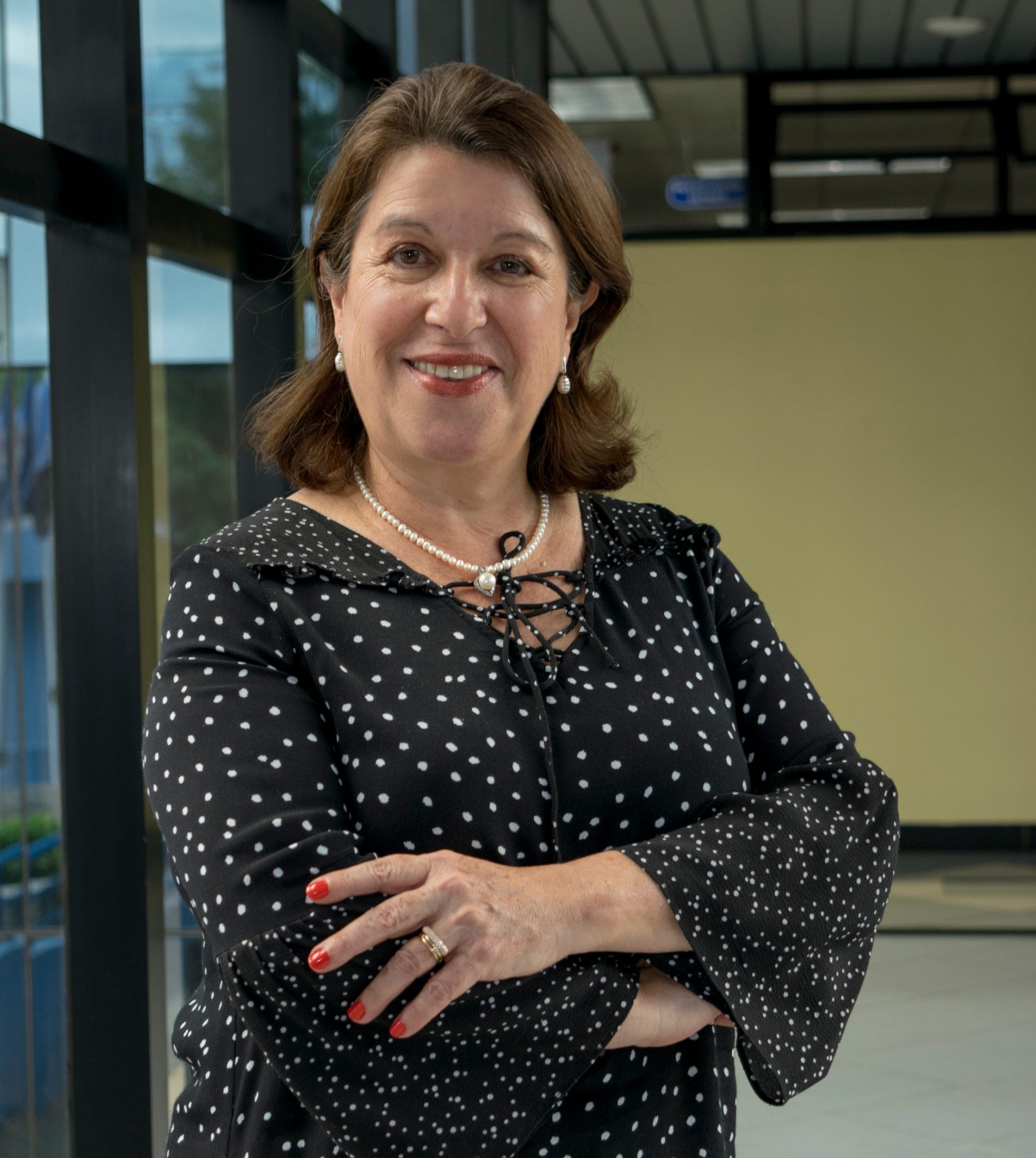
It’s almost certain that the Paacume megaproject (Project to supply water to the Rio Tempisque river basin and coastal communities) will be built in Guanacaste. It promises to provide the necessary infrastructure for water to reach the crops and communities that need it.
Executive President of the Costa Rican Sewers and Aqueducts Institute (AyA) Yamileth Astorga recognizes that the environmental impact of a reservoir like the one that will be built on the Lomas de Barbudal reserve is high and therefore the institute will not need this water to supply human consumption.
In a province where most of the water is consumed by agriculture, she reiterated that for irrigation to be efficient, Senara and Aresep must agree to charge for quantity of water spent and not per hectare, as is currently done.
We talked with her about this as well as topics such as arsenic in the Bagaces aqueduct and illegal wells during her tour of the province.
—Do you think Paacume is going to be a solution to farm production in Guanacaste?
—I think it’s an alternative for periods of serious drought in Guanacaste. I’m going to be honest with you. Large reservoirs have large impacts, but the reservoirs contribute to having a water reserve and better management of water for periods of extreme drought.
—What guarantee will AyA give so that most of Paacume’s water for human consumption is for the communities and not for tourist megaprojects?
We, (AyA) are only going to use two cubic meters (which is 2.3 cubic meters per second, 10 percent of Paacume’s capacity), but not right now. With the (other) projects that we are doing, we aren’t going to need more water for at least 20 years.
— AyA monitors the aquifers in the province. Do you have a number or sign of how they’ve recovered after the drought of 2014 and 2015?
Yes. For example, the coastal aquifers where we had high salinity problems have recovered, the one in playa Panamá, Potrero, Brasilito and Tamarindo. We don’t just measure levels of the aquifer, but quality too. For example, in terms of salinity we measure them to see how they are and if they have recovered with the recent rains. It was really important to have had that period of drought because now we know how the aquifers behave whether there is a drought or abundant rainfall.
— Can we use the aquifers again that had high salinity levels?
We can, but first we have to be totally sure that they have recovered and we have to have control over water extraction. A lot of illegal wells have been detected. When you open an illegal well, no one knows what is coming out of it. We can have control over wells that are registered by AyA or others, but illegal ones, no one has control over it and this makes the aquifer vulnerable again.
— Can the battle against illegal extraction be won?
It requires action by the Attorney General’s Office and we have had some problems there because the water office has closed some wells because they are illegal and the Attorney General’s Office hasn’t taken action on closing the illegal wells. Right now, we have to depend on a judge coming to close the wells. It’s the only way to do it. A new water law is the only way to change that.
— The water law was rejected by the constitutional court. Will you push for lawmakers to draft new legislation?
Well, I would think that after 17 years of lots of discussion about this law, it’s very clear what needs to be done and what not.
— Like what?
For example, the water councils (which the law defines as spaces for the community the participate in the water decision-making process). That was something that was eliminated. But if one thing is clear to me, it’s that we can’t get the perfect water law and if this law passes, we are going to have more instruments for a better management of water.
[Note: After the interview, AyA confirmed that they will evaluate a text with other institutions in order to draft a new water law and present it again to congress).
—Let’s talk about aqueducts now. Why does the water in downtown Bagaces continue presenting relatively high levels of arsenic?
There is permanent control over the plant that removes arsenic. (The plant) has a means that removes (the arsenic), and it gets saturated and the removal decreases. When we see that the concentration is going to reach 10 (micrograms of arsenic per liter of water, the maximum amount allowed by the World Health Organization) the filter is washed or substituted. That is what is done, which is why we see it go up or down a lot.
—So, residents continue consuming arsenic….
Within those limits, yes, because it is permitted. If you review the maximum concentration allowed in other countries it is much higher than that of Costa Rica. There are countries with arsenic concentrations of up to 30, others of 50. We have one of the lowest concentrations allowed, which is 10. That level doesn’t damage health.
—The solution for you is the new Epifanía aqueduct in Bagaces…
Of course. The solution is to eliminate the sources of arsenic.
—How is progress going on that aqueduct?
We had a problem because on the five plots of land (where the aqueduct would be built) there was no way to get the property owners to agree with the appraisal (the price they were going to pay for their lands) that was done. So the lands were expropriated and the expropriation took months, but we are finally finishing the process.







Comments